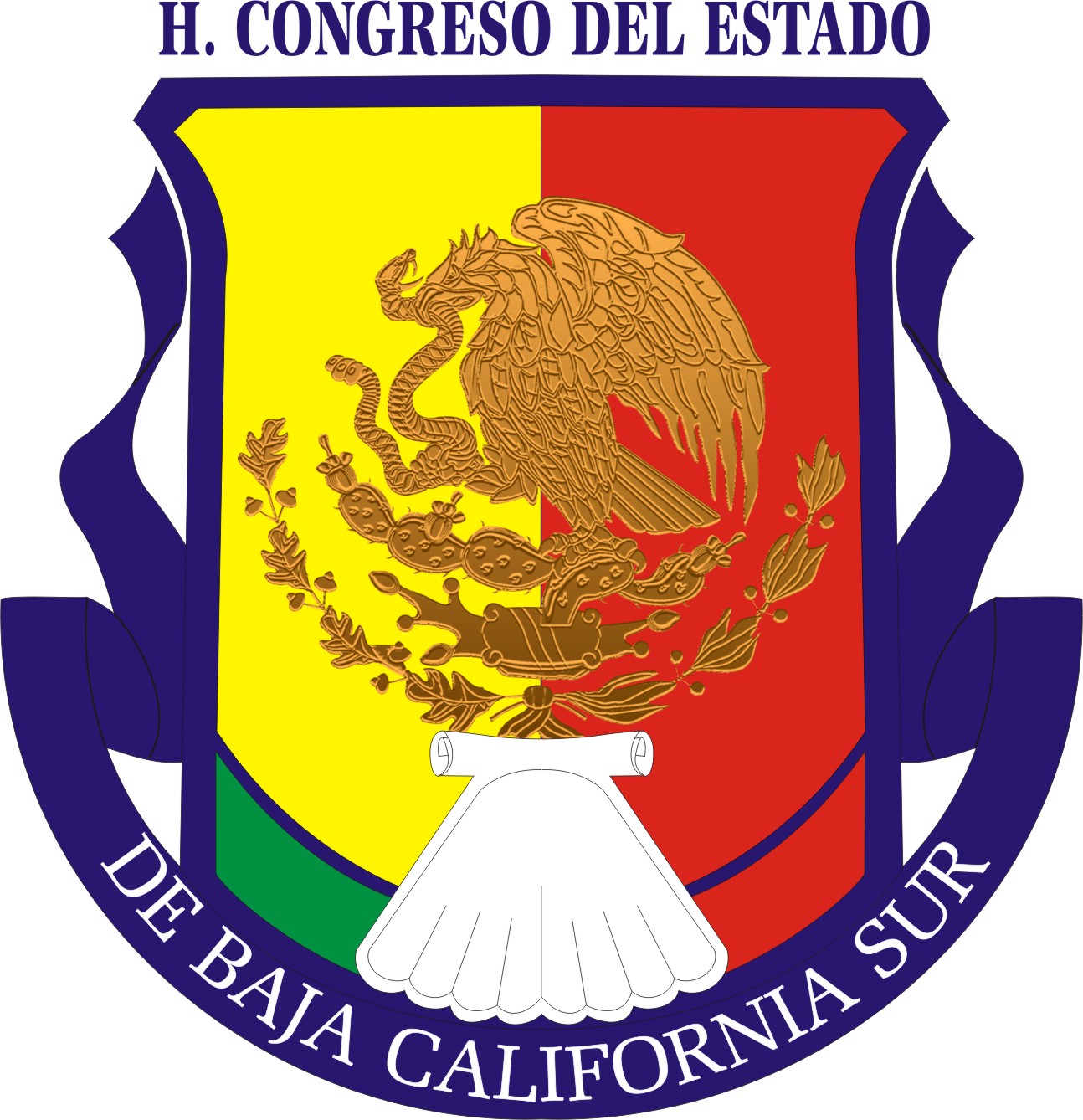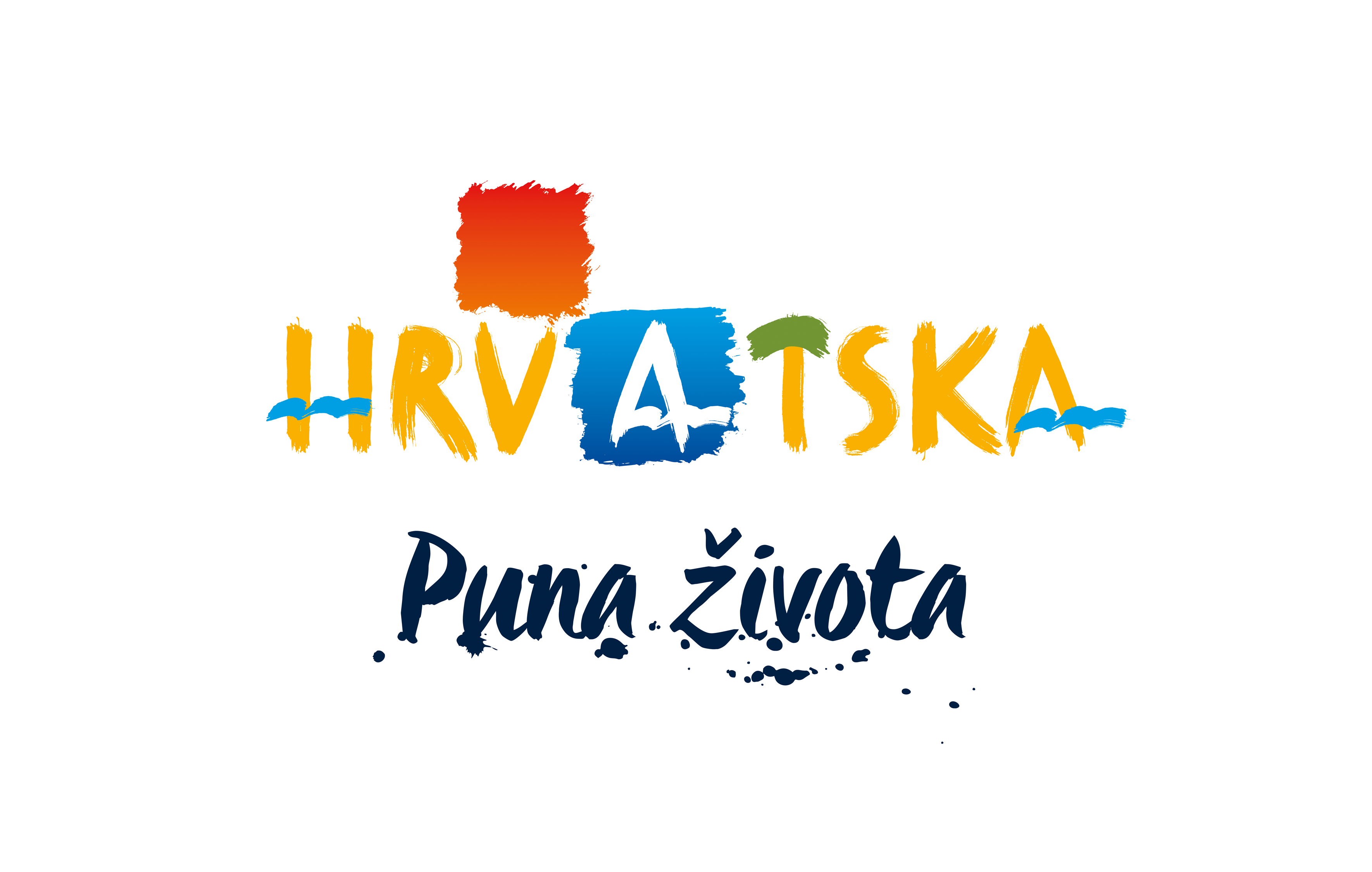AACTE 2017 CONFERENCE ROUNDTABLE SESSION ABSTRACT INFORMING PROGRAM IMPROVEMENT
AACTE 2017 CONFERENCE ROUNDTABLE SESSION ABSTRACT INFORMING PROGRAM IMPROVEMENT
Strand IV
AACTE 2017 Conference Roundtable Session Abstract
Informing Program Improvement and Promoting Teacher Quality through Collaboration: A Multifaceted, Statewide Career-Long Initiative
Session Facilitators:
Sharon Brennan, University of Kentucky: [email protected]
Rosetta Sandidge, University of Kentucky: [email protected]
Donna Brockman, Kentucky Education Professional Standards Board: [email protected]
Amanda Ellis, Kentucky Department of Education: [email protected]
Overview
Evaluation is widely regarded as a key tool in improving teaching and informing changes in programs that prepare teachers. And, there is general agreement that evaluation, or performance assessment tools as they are often called, should be multifaceted (Darling-Hammond, 2012).
Unfortunately, there is not a lot of evidence indicating which combination of tools are most effective in assessing and promoting teacher growth. Some scholars have cautioned that teacher performance assessment tools should not be tied strictly to students’ test scores (Cochran-Smith, 2005) and others suggest that performance assessment should be connected to standards for accomplished teaching and conducted often and in multiple ways over time (Richardson, 2012; Thorpe, 2014). In fact, the well-known Value Added Model (VAM) developed by William Sanders has received considerable criticism in the last few years because of its narrow focus especially in Tennessee where it was adopted for statewide use in 2000 (Sanders, W. & Horn, S., 1994). Researchers have cautioned that VAM type approaches are not robust enough to account for the complexities of teaching or the long term achievement of students in classrooms where they are used (Darling-Hammond, 2013, Darling-Hammond et. al., 2012). Several initiatives have taken a more robust approach to assessing teacher performance such as TAP: System for Teacher and Student Advancement introduced by the National Institute for Excellence in Teaching (Ritter & Barnett, 2015) and the Measures of Effective Teaching (MET) which resulted from a series of studies funded by the Bill and Melinda Gates Foundation (Measures of Effective Teaching, 2013).
Several years ago the state of Kentucky initiated a multifaceted, statewide, career-long process to guide and assess the growth of all teachers in the state. It is ever evolving and involves the collaboration of key constituent groups including representatives from the two state regulatory agencies (the Department of Education, Education Professional Standards Board), teachers and administrators representing P-12 schools, and universities with educator preparation programs. The Kentucky initiative has drawn heavily on findings of the MET studies including use of multiple sources of evidence (e.g., observation, written artifacts such as lesson plans, analysis of student assessments, student voice surveys). And, it utilizes The Framework for Teaching Evaluation Instrument designed by Charlotte Danielson (Danielson, 2013; Danielson, 2007). The Kentucky Framework for Teaching ( 2014, February) is used as part of the evaluation process for all teachers practicing in the state.
The framework is also used as part of a mandated system – the Kentucky Teacher Internship Program (KTIP) - established in 1984 to guide and assesses the progress of all first year teachers. In an effort to strengthen KTIP and ease the transition of novices from preparation to practice, the Education Professional Standards Board recently decided to incorporate the InTASC standards promulgated by the Council of Chief State School Officers into the KTIP assessment process. Since the InTASC standards are also used by the Council for the Accreditation of Educator Preparation to accredit education preparation provider programs, they are now being incorporated into the assessment process for the teacher education program at the universities across the state. We believe streamlining this process will not only provide a systematic way to assess teacher growth for the entirety of teachers’ careers but it will also help novices make the transition from preparation to practice.
The purpose of this session is to describe the system, explain the planning and implementation process including steps the university is taking to integrate it into the educator preparation program, and reflect with participants about this process in relation to their own initiatives and needs.
References
Cochran-Smith, M. (2005). Teacher education and the outcomes trap. Journal of Teacher Education, 56(5), 411-417.
Darling-Hammond. (2013). Getting teacher evaluation right: what really matters for effectivness and improvement. New York, NY: Teachers College Press.
Darling-Hammond, L. (2012, March). The right start: Creating a strong foundation for the
teaching career. Kappan, 94 (3), 8-13.
Darling-Hammond, L., Amrein-Beardsley, Haertel, E. & Rothstein, J.. (2012, March).
Evaluating teacher evaluation. Kappan, 93 (6), 8-15.
Danielson, C. (2013). The framework for teaching evaluation instrument (2013 ed.). (n.p.): The Danielson Group.
Danielson, C. (2007). Enhancing professional practice: A framework for teaching.
Alexandria, VA: ASCD.
Danielson, C. (2014). Framework for teaching. Kentucky Department of Education. Available at:
Measures of Effective Teaching Project. (2013, January). Ensuring Fair and Reliable Measures of Effective Teaching: Culminating findings from the MET Project’s Three Year Study: Brief. Seattle: Bill and Melinda Gates Foundation. Available at: http://www.metproject.org/reports.php
Richardson, J. (2012, March). Million-dollar baby. Kappan, 94 (3), 8-13.
Ritter, G. & Barnett, J (2016, April). Learning on the job: Teacher evaluation can foster real
growth. Kappan, 97 (7), 48-52.
Sanders, W. & Horn, S. (1994). The Tennessee Value-Added Assessment System (TVASS):
Mixed model methodology in education assessment. Journal of Personnel Evaluation in
Education, 8, 299-311.
Thorpe, R. (2014). Sustaining the Teaching Profession, New England Journal of Public Policy
26 (1) 1-16.
Tags: aacte 2017, program, session, aacte, improvement, informing, roundtable, abstract, conference
- 10 FACULTAD CIENCIAS DE LA SALUD UNIVERSIDAD ADVENTISTA
- BIODIVERSITY IN THE CACAO AGROECOSYSTEM SHADE MANAGEMENT AND LANDSCAPE
- PROJEKTNI PRIJEDLOG NAPISAO SRĐAN DVORNIK ZA ZAMIRNET OVE UPUTE
- EL AYUNTAMIENTO Y ECOVIDRIO IMPULSAN LA CAMPAÑA DE CONCIENCIACIÓN
- I KORCSOPORT 50 M FIÚ GYORSÚSZÁS 1 BÉGÁNYI ÁBEL
- PARTICIPATORY IMPACT PATHWAYS ANALYSIS A PRACTICAL METHOD FOR PROJECT
- FORM HC100 WITNESS STATEMENT PAGE 2 MADE ON BEHALF
- SOUTH CAROLINA GENERAL ASSEMBLY 117TH SESSION 20072008 H 4699
- IN MEMORIAM HARRY W LAMBERTY AUGUST 4 1927 –
- PRILOGA 1 PROGRAM JAVNE SLUŽBE V HMELJARSTVU 1 UVOD
- SUMMARY REPORT ON INTERNATIONAL SYSTEMS OF EXAM ACCESS FOR
- FORMANNSKAPETS VEDTAK FORMANNSKAPET SER POSITIVT PÅ RÅDMANNENS FORSLAG TIL
- MINISTERIO DE SALUD PÚBLICA ISCM ELAM FCM II SANTIAGO
- 3 AMENDING REPLACING A HERITAGE STRATEGY A GUIDE FOR
- (OZNACZENIE PRACODAWCY) KARTA SZKOLENIA WSTĘPNEGO W DZIEDZINIE
- KING OF COMEDY RUPERT HOW HAVE YOU BEEN
- ZAŁĄCZNIK NR 2 DO UCHWAŁY NR XLII6032009 RADY MIEJSKIEJ
- ZAGADNIENIA GRAMATYCZNE POZIOM A2 STANOWI ROZSZERZENIE POZIOMU A1 NA
- EVALUACIÓN TELEDOMEDIA EVALUACIÓN SERGIO CUBERO PLANTILLA DESARROLLADA POR DARIO
- A&P CHAPTER 3 QUIZ 2 1 WHICH COMPONENT OF
- RANCANGAN PENGAJARAN HARIAN PENDIDIKAN MORAL TAHUN 5 TARIKH MASA
- ДЕРЖАВНІ СТАНДАРТИ УКРАЇНИ ПОКАЗНИКИ ЯКОСТІ ЗЕРНА ПШЕНИЦІ (ДСТУ 37682010)
- STAND 10 2019 SOZIALTHERAPEUTISCHE EINRICHTUNGEN FÜR PSYCHISCH
- JUNIOR FIREFIGHTER PROGRAM OBJECTIVE THE JUNIOR FIREFIGHTER PROGRAM IS
- VILLAGE OF CANTON BOARD MEETING 10172016 12 VILLAGE OF
- ÖZMAL ARAÇLAR İZIN BELGESI ALACAK SERVIS ARACI SAHIPLERININ BAŞVURU
- FRANCÉS (O FRANCIANO) LENGUA HABLADA POR 64 MILLONES DE
- 2 LEGEMIDDELHÅNDTERING STAVANGER UNIVERSITETSSJUKEHUS HELSE STAVANGER HF BARNEKLINIKKEN 3D
- GROSSMONTCUYAMACA COMMUNITY COLLEGE DISTRICT COMMUNITY SERVICE LEARNINGWORK EXPERIENCE AGREEMENT
- BETLEM DE CORT DEL 28 DE NOVEMBRE AL 6
UPUTE PONUDITELJIMA 1 NARUČITELJ URIHO USTANOVA ZA PROFESIONALNU REHABILITACIJU
SĄD REJONOWY W PRUSZKOWIE UL KRASZEWSKIEGO 22 05800 PRUSZKÓW
 VOCABULARY UNIT 2 FOOD AND NUTRITION ENGLISH PHONETIC SPNAHISH
VOCABULARY UNIT 2 FOOD AND NUTRITION ENGLISH PHONETIC SPNAHISH HRVATSKI GIMNASTIČKI SAVEZ – CROATIAN GYMNASTICS FEDERATION PRAVILNIK
HRVATSKI GIMNASTIČKI SAVEZ – CROATIAN GYMNASTICS FEDERATION PRAVILNIK  L EY DE PROTECCIÓN A LA IMAGEN URBANA DE
L EY DE PROTECCIÓN A LA IMAGEN URBANA DEGODKJENNINGSPRØVE AV EKVIPASJE (GJELDER FRA 15012016) PRØVEN SKAL FOREGÅ
 XOSÉ MANUEL ESPERANTE TFNO617 256 727 JESPERANTEYAHOOES
XOSÉ MANUEL ESPERANTE TFNO617 256 727 JESPERANTEYAHOOES 사각형 472 사각형 471 그룹 468 READING SUCCESS 2ND
사각형 472 사각형 471 그룹 468 READING SUCCESS 2NDAVANT LE MODULE PENDANT LE MODULE APRES LE MODULE
VAN ADVOCATENKANTOOR BEDAUX [MAILTOKANTOORBEDAUXORG] VERZONDEN WOENSDAG 24 OKTOBER 2018
 INFORMASJONSHEFTE VIKINGEN BARNEHAGE 20182019 INFORMASJON OM VIKINGEN BARNEHAGE VIKINGEN
INFORMASJONSHEFTE VIKINGEN BARNEHAGE 20182019 INFORMASJON OM VIKINGEN BARNEHAGE VIKINGEN TOT EL DOCUMENT HA DE TENIR 2 CM DE
TOT EL DOCUMENT HA DE TENIR 2 CM DE21 NCAC 54 1904 FAILURE TO APPEAR FOR THE
SMLOUVA O PRONÁJMU NÁHRADNÍHO VOZIDLA DNE ………2016 UZAVŘELI
HORARIO 370MASTER EN CALIDAD DESARROLLO E INNOVACIÓN DE ALIMENTOS
COLUMBUS COUNTY HEALTH DEPARTMENTS EYE WASH STATION MAINTENCE POLICY
 POZIVNICA NA DANE HRVATSKOG TURIZMA U MOSKVI (30 SIJEČNJA
POZIVNICA NA DANE HRVATSKOG TURIZMA U MOSKVI (30 SIJEČNJA POWERPLUSWATERMARKOBJECT24743975 IPBES310 NACIONES UNIDAS BES IPBES310 PLATAFORMA
POWERPLUSWATERMARKOBJECT24743975 IPBES310 NACIONES UNIDAS BES IPBES310 PLATAFORMA!DOCTYPE HTML! THIS SITE WAS CREATED IN WEBFLOW HTTPSWWWWEBFLOWCOM
 SELECTED BIBLIOGRAPHY WOMEN’S RIGHTS AND INTERNATIONAL HUMANITARIAN LAW
SELECTED BIBLIOGRAPHY WOMEN’S RIGHTS AND INTERNATIONAL HUMANITARIAN LAW